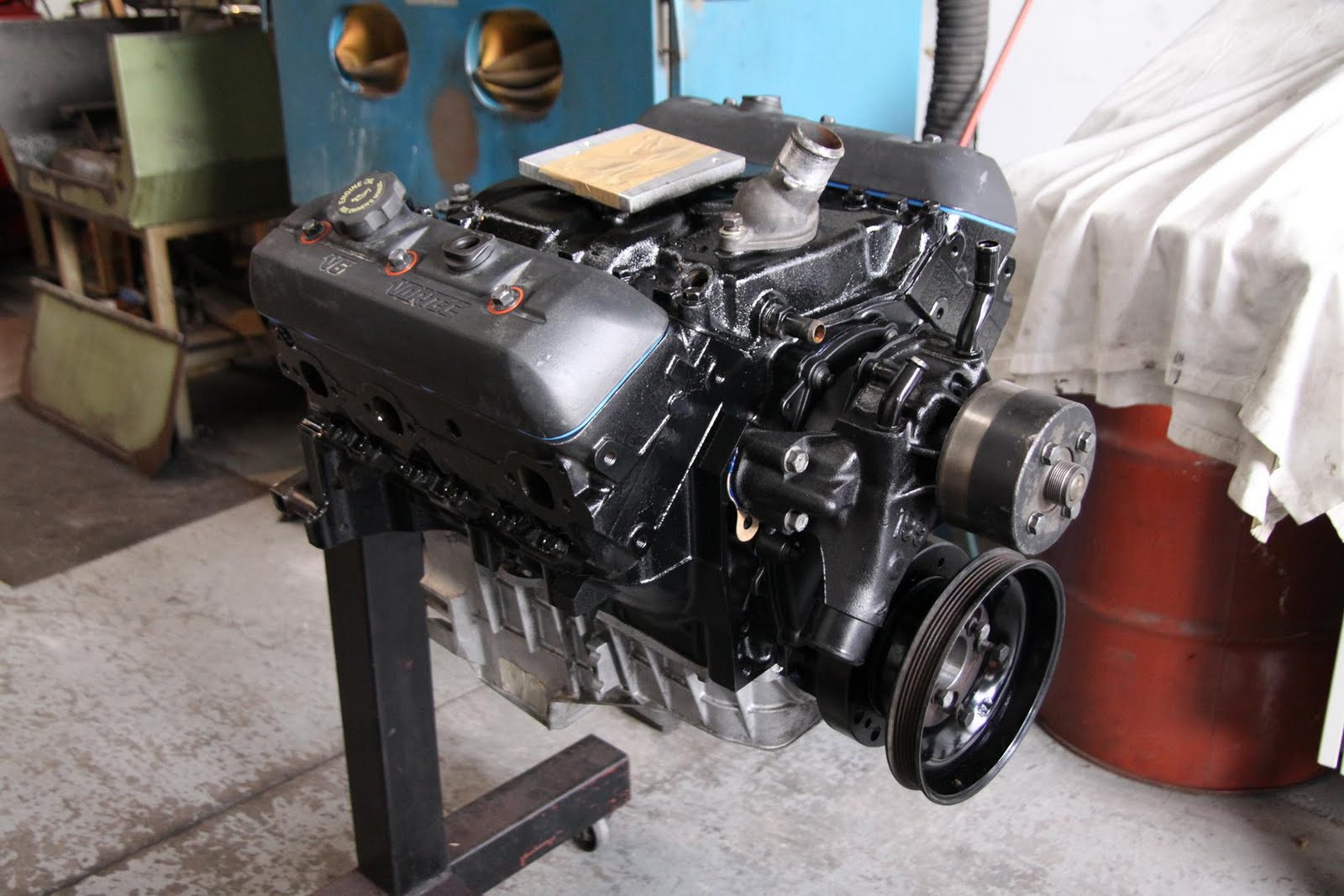The Enduring Allure of the Chevy 3.6 V6: A Deep Dive
What fuels the heartbeat of millions of vehicles traversing the asphalt arteries of the world? Often, it's an unsung hero, a marvel of engineering tucked beneath the hood. The Chevrolet 3.6-liter V6 engine stands as such a testament to automotive ingenuity, powering a diverse range of vehicles from sleek sedans to robust SUVs. This exploration delves into the heart of this ubiquitous powerplant, unraveling its performance characteristics, evolutionary journey, and the symphony of power it conducts.
The story of the Chevy 3.6 V6 isn't a singular narrative, but rather a series of refinements, a constant striving for improved efficiency and performance. From its early iterations to the present day, this engine has undergone a metamorphosis, adapting to the ever-changing demands of the automotive landscape. Understanding its technical specifications is key to appreciating its enduring appeal – horsepower, torque curves, displacement – these metrics paint a portrait of its capabilities.
The 3.6L V6 engine, in its various forms known as the High Feature V6, LLT, LFX, and LGX, emerged as a successor to General Motors' earlier V6 engines. Its debut marked a significant leap in technology, incorporating features like variable valve timing (VVT) and direct injection to enhance both power delivery and fuel economy. This engine family quickly became a mainstay in the Chevrolet lineup, powering popular models like the Camaro, Impala, Equinox, and Traverse, highlighting its adaptability and broad appeal.
The significance of the Chevy 3.6 V6 lies not only in its widespread use but also in its contribution to the evolution of engine technology. It represented a shift towards more efficient and powerful V6 engines, offering a compelling alternative to larger, less fuel-efficient V8s. Its consistent presence in the automotive landscape speaks volumes about its reliability and overall performance. However, no engine is without its potential shortcomings. Some versions of the 3.6 V6 have been associated with timing chain issues, often manifested as a rattling noise, particularly in earlier models. Understanding these potential concerns is crucial for proactive maintenance and informed ownership.
Decoding the specifications of the Chevy 3.6 V6 is like reading a blueprint of its capabilities. Horsepower figures typically range from around 270 to over 300, depending on the specific application and generation of the engine. Torque, the rotational force that translates into acceleration, often peaks in the mid-range RPMs, providing a satisfying surge of power for everyday driving situations. These characteristics make the engine suitable for a variety of driving styles and vehicle types.
One of the key benefits of the 3.6 V6 engine is its balance of power and fuel efficiency. Compared to larger displacement engines, it offers respectable fuel economy figures without sacrificing performance. This makes it a practical choice for both daily commutes and longer journeys. Additionally, its relatively compact size allows for easier integration into different vehicle platforms.
Another advantage is its smooth and refined operation. The V6 configuration inherently lends itself to smoother running than inline-four engines, resulting in a quieter and more comfortable driving experience. Finally, its widespread availability means that parts and service are readily accessible, making maintenance and repairs generally less complicated and expensive.
Advantages and Disadvantages of the Chevy 3.6 V6
| Advantages | Disadvantages |
|---|---|
| Good balance of power and fuel economy | Potential timing chain issues in some models |
| Smooth and refined operation | May not offer the same towing capacity as a V8 |
| Wide availability of parts and service | Some reports of oil consumption issues |
Common challenges with the 3.6L V6 often revolve around timing chain wear. Regular maintenance and adherence to the manufacturer's recommended service intervals are crucial for mitigating these potential issues. Addressing oil leaks promptly can also prevent further complications.
Frequently Asked Questions:
What is the typical lifespan of a Chevy 3.6 V6? With proper maintenance, these engines can often last well over 200,000 miles.
What kind of oil is recommended for the 3.6 V6? Consult your owner's manual for the specific oil viscosity and type recommended for your vehicle.
What are common symptoms of timing chain problems? A rattling noise coming from the engine is often a sign of timing chain issues.
How often should the timing chain be replaced? Refer to your vehicle's maintenance schedule for recommended timing chain replacement intervals.
What is the horsepower rating of the Chevy 3.6 V6? Horsepower varies depending on the specific application and engine generation, but generally falls between 270 and 335 hp.
Is the Chevy 3.6 V6 a reliable engine? While generally considered reliable, certain model years have been associated with specific issues, such as timing chain problems.
What are some tips for maintaining the Chevy 3.6 V6? Regular oil changes, using the correct type of oil, and addressing any leaks promptly are essential for maintaining the engine.
What vehicles use the Chevy 3.6 V6 engine? A wide range of Chevrolet vehicles have utilized the 3.6 V6, including the Camaro, Impala, Equinox, Traverse, and several others.
In conclusion, the Chevrolet 3.6-liter V6 engine stands as a significant achievement in automotive engineering. Its blend of power, efficiency, and refinement has propelled it to widespread adoption across the Chevrolet lineup. While not without its potential challenges, the engine’s overall performance, combined with the readily available parts and service, makes it a compelling choice for drivers seeking a balance of practicality and performance. Understanding its specifications, history, and potential issues empowers owners to make informed decisions about maintenance and enjoy the enduring legacy of this ubiquitous powerplant. By adhering to regular maintenance schedules and addressing any concerns promptly, drivers can unlock the full potential of the Chevy 3.6 V6 and experience the smooth, powerful symphony it conducts beneath the hood for years to come.
Cozy camper your guide to winterizing your jayco travel trailer
Navigating reconciliation understanding surat permohonan pencabutan laporan polisi
Crafting the perfect evening message guaranteed smiles














